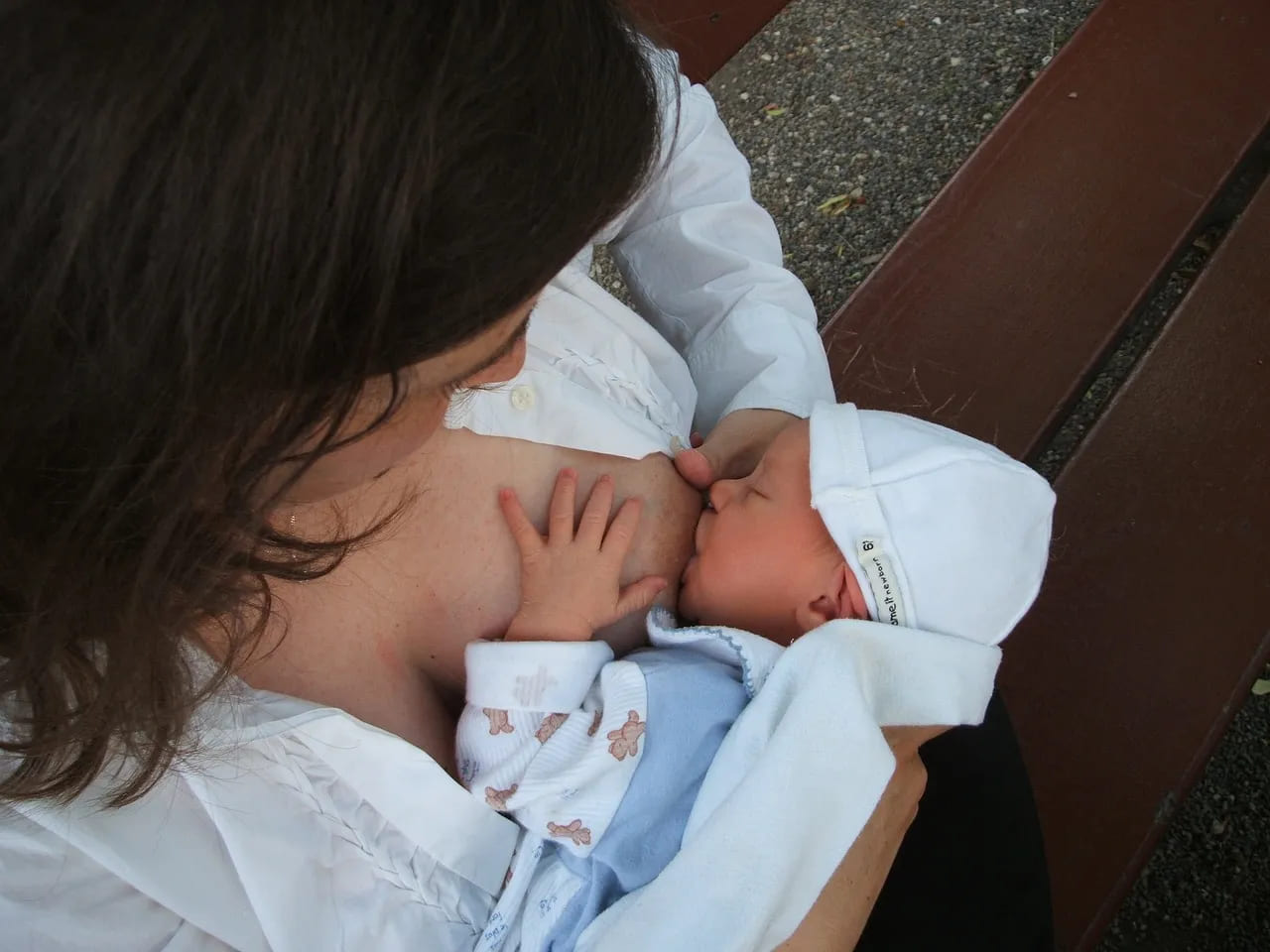Benefits of Exclusive Breastfeeding
A strong foundation of good nutrition during the initial days of life of a child is key to a healthy brain and body and sets the foundation for lifelong health. Breast milk is the perfect food for the infants. It is safe, clean and contains antibodies which help protect against many common childhood illnesses. Breastmilk provides all the energy and nutrients that the infant needs. World Health Organization (WHO) and all other health organizations recommend exclusive breastfeeding for the first six months of life. For mothers, early counseling, especially during the third trimester, can greatly improve breastfeeding success.

Why Breast Milk is Nature’s Perfect First Food
Breast milk is a dynamic, living substance uniquely tailored to a baby’s needs. It’s packed with antibodies, enzymes, and hormones that adapt to support growth, immunity, and cognitive development. The first milk, called colostrum, is a thick, golden liquid produced immediately after birth. Dubbed “liquid gold,” colostrum acts as a natural vaccine, providing critical immunity-boosting compounds like immunoglobulin A (IgA) to shield newborns from infections.
But the benefits don’t stop there. Breast milk evolves over time, adjusting its nutritional profile to match the baby’s developmental stage. It’s sterile, always at the right temperature, and free—making it the ultimate sustainable food source.
What Is Exclusive Breastfeeding?
Exclusive breastfeeding means feeding a baby only breast milk for the first six months, without any additional food or liquids, not even water. Breast milk provides all the energy and nutrients a newborn needs for optimal growth and development.
Exclusive breastfeeding is beneficial for both the child and the mother. Immediate skin-to-skin contact and initiation of breastfeeding or within one hour of birth should be encouraged. Mother’s first milk which is thick and yellow in colour (Colostrum) should be given to the child. It provides immunity to the child and enhances digestion.
For the baby to suckle well, make sure baby suckles with mouth wide open, chin close and touching the breast, lower lip turned outward, and with more areola seen above the baby’s mouth than below.
Read more at Breastfeeding Your Baby: Common Breastfeeding Positions
Benefits of exclusive breastfeeding for the child
- Easier digestion: Breast milk is gentle on a newborn’s digestive system.
- Enhanced immune system: Protects against common infections like diarrhea and pneumonia.
- Strengthens bonding: Breastfeeding fosters a deeper mother-child connection.
- Mental and physical development: Promotes brain and body growth.
- Reduces infant mortality: Significantly lowers the risk of early childhood diseases and thereby reduces infant mortality considerably.
Benefits of exclusive breastfeeding for the mother:
- Reduces bleeding after childbirth
- Helps in prevention of breast engorgement
- Helps in prevention of ovarian and breast cancers
- Helps mothers return to pre-pregnancy weight.
- Reduces risk of High blood pressure and Type 2 diabetes
- Reduces risk of postpartum depression
- Oxytocin from breastfeeding lowers stress
What Should be the Frequency and Duration of Breastfeeding?
Since the baby is only given breast milk, the frequency of feeding depends on the baby; feeding should be done as per the baby’s demand. This means that you will be feeding your baby at least 8 to 12 times a day. Co-sleeping can indeed make nighttime breastfeeding more convenient for both the mother and the baby. It allows for easier access to the breast, and the close proximity can help establish a stronger bond between the mother and child. It may also provide opportunities for kangaroo mother care that is keeping baby close to mother to regulate body temperature. However, it’s important to note that co-sleeping is a personal choice that should be made with careful consideration of safety guidelines to reduce the risk of accidents or suffocation.
Pro Tip: Track wet diapers to ensure adequate intake. By day 5, expect 6+ wet diapers and 3–4 stools daily.
The duration of breastfeeding sessions can vary from baby to baby. While 20 to 45 minutes is a typical range for a breastfeeding session, it’s important to remember that each baby is unique, and their needs may differ. Some babies may drink breastmilk more quickly, while others may take longer. It’s generally recommended to let the baby feed from one breast until they seem satisfied or have finished nursing on that side before offering the other breast. This ensures that the baby receives both the foremilk (thinner, hydrating milk) and hindmilk (richer, more satisfying milk).
Fun Fact: The first milk produced just after birth, Colostrum, is considered baby’s first vaccine ! Read more at Colostrum, the Liquid Gold: Baby’s First Vaccine
FAQs: Your Top Breastfeeding Questions Answered
Q: How do I know if my baby is getting enough milk? A: Look for steady weight gain, audible swallowing, and contentment after feeds.
Q: Can I breastfeed after returning to work? A: Yes! The PUMP Act (2023) requires U.S. employers to provide break time and private spaces for pumping.
Q: What if I have low milk supply? A: Power pumping, hydration, and galactagogues (like oats or fenugreek) can boost supply. Consult an IBCLC for personalized plans.
Read more about Common Myths About Breastfeeding
Conclusion
Exclusive breastfeeding is the healthiest choice for newborn babies. Breast milk provides optimal nutrition for infants, containing the perfect balance of nutrients, antibodies, enzymes, and hormones necessary for their growth and development. Exclusive breastfeeding isn’t just a mother’s job—it requires societal support. Employers, healthcare systems, and families must support mothers who choose to breastfeed.
Breastfeeding provides unmatched health benefits for babies and mothers. It is the clinical gold standard for infant feeding and nutrition, with breast milk uniquely tailored to meet the health needs of a growing baby. We must do more to create supportive and safe environments for mothers who choose to breastfeed.
Dr. Ruth Petersen, Director of CDC’s Division of Nutrition, Physical Activity and Obesity.





